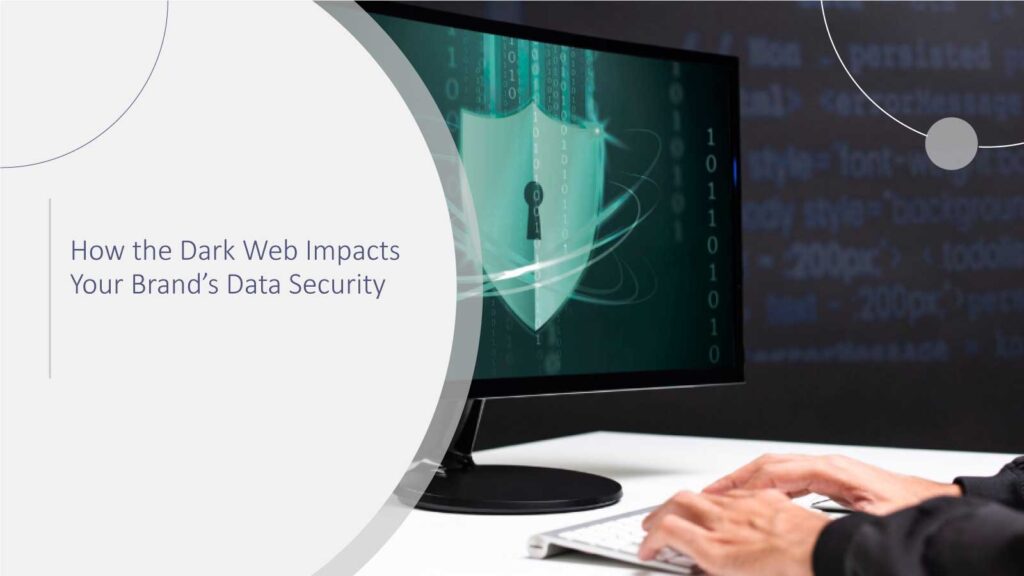In its latest 2025 Annual Cyber Threat Report, SonicWall has unveiled alarming trends in cyberattacks, with small and mid-sized businesses (SMBs) facing an unprecedented wave of threats. Once primarily targeting large enterprises, cybercriminals are now using AI-driven tactics and precision attacks to breach SMBs. The report emphasizes that businesses cannot combat these threats alone and highlights the crucial role of Managed Service Providers (MSPs) in delivering real-time intelligence and proactive security measures.
SMBs Under Constant Cyber Siege
Cybercriminals are moving at breakneck speed, leveraging automation, AI, and stealth techniques to bypass traditional security measures. As attack surfaces expand and response times shrink, businesses must adopt a proactive security strategy.
“Threat actors are exploiting vulnerabilities in just days, while many organizations take 120 to 150 days to implement critical patches,” said Bob VanKirk, President and CEO of SonicWall. “Relying on outdated security solutions is no longer an option. Businesses must partner with MSPs or MSSPs equipped with real-time threat monitoring and Security Operations Center (SOC) capabilities.”
SonicWall is expanding its global network of MSPs to fortify SMB defenses against cybercriminals who are becoming increasingly aggressive. The report underscores why businesses—regardless of size—must strengthen their security posture.
Cyber Technology Insights: Veeam and Microsoft Partner for AI-Powered Data Resilience
Rising Threats: Data Reveals a Disturbing Cyber Landscape
SonicWall’s intelligence gathered from 2024 shows that businesses faced severe cyberattacks for an average of 68 days. Ransomware surged across multiple regions, increasing by 8% in North America and an alarming 259% in Latin America. Malware threats saw an 8% year-over-year rise, IoT-related attacks jumped 124%, and encrypted threats escalated 93%.
Key findings from the 2025 Cyber Threat Report include:
- AI-Powered Attacks Raise the Stakes – The rise of AI automation tools has made cybercrime more sophisticated. Server-Side Request Forgery (SSRF) attacks, in particular, skyrocketed by 452% compared to 2023.
- Business Email Compromise (BEC) on the Rise – Nearly one-third of all reported cyber incidents in 2024 were BEC attacks, a stark increase from just 9% in 2023.
- Ransomware‘s Unrelenting Grip on Healthcare – The healthcare sector remains a primary target, with 95% of its breaches involving ransomware.
- Living Off the Land Binaries (LOLBins) Gaining Ground – Cybercriminals are exploiting built-in system tools to execute fileless malware attacks, evading conventional security defenses.
“The data is clear—threat actors are outpacing organizations’ ability to respond,” said Douglas McKee, Executive Director of Threat Research at SonicWall. “From ransomware spikes to IoT and encrypted threats, businesses are under siege. Companies must rethink their security approach to keep their operations, data, and customers safe.”
Cyber Technology Insights: Red Hat Enhances OpenShift Security and Virtualization
FAQs:
1. Why are SMBs increasingly targeted by cybercriminals?
SMBs often lack the resources and dedicated cybersecurity teams that larger enterprises have, making them easier targets for cybercriminals using automated and AI-driven attacks.
2. What are some of the most common cyber threats SMBs face today?
SMBs are frequently targeted by ransomware, business email compromise (BEC), phishing, malware, and IoT-based attacks.
3. How can businesses defend against fast-evolving cyber threats?
Companies should adopt a multi-layered security strategy, including AI-driven threat detection, SOC monitoring, proactive patch management, and partnering with an MSP for 24/7 protection.
4. What is the impact of AI on cyberattacks?
AI enables cybercriminals to automate attacks, making them more sophisticated and difficult to detect. This includes AI-powered phishing scams, deepfake fraud, and intelligent malware that adapts in real-time.
5. Why is relying on legacy security solutions risky?
Traditional security tools rely on signature-based detection, which is ineffective against modern threats like fileless malware and AI-generated attacks. Businesses need adaptive security solutions with real-time threat intelligence.
Final Thoughts
The threat landscape is evolving rapidly, and businesses can no longer afford to take a reactive approach to cybersecurity. By partnering with trusted MSPs and implementing advanced security measures, SMBs can stay ahead of cybercriminals and protect their operations, revenue, and reputation.
How prepared is your business against cyber threats? Now is the time to act!
Cyber Technology Insights: ConnectWise 2025 MSP Threat Report: Evolving Cybersecurity Landscape
To participate in our interviews, please write to our CyberTech Media Room at news@intentamplify.com





